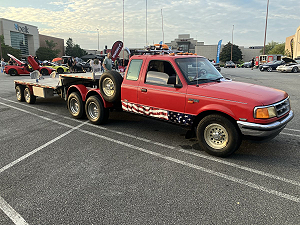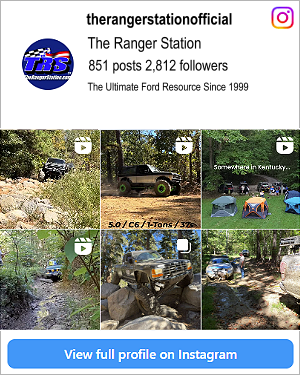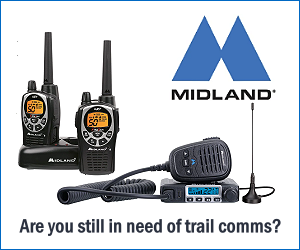Well, some good news and bad news.
I’ll start with the good becuse it’s actually the same news…
For months now I’ve been trying to suss out a mystery fume in the cabin. It’s been subtle but definitely there and irritating the lungs. I had already addressed the exhaust quote thoroughly earlier in the year but have been thinking maybe there was still a small crack somewhere.
So today when the sun went down I was planning to shine an LED lamp in various places underneath to see if I could detect air motion. I was already going to be filling the truck with coolant for the first time since flushing.( I am thinking I should hold off on the thermostat replacement attempt for a while.)
Anyways, I filled the antifreeze in two shifts, and fired it up again to start checking for exhaust anywhere…
Quickly I found that there was a small leak trickling down the right wheel well. I opened up the hood to see if the heater hoses were leaking but they weren’t. Then I opened the passenger door, and much to my surprise, using my light I saw some fumes being pumped into the cab by way of the heater vents. So I turned on the heater, and then there was LOTS of smoke being pumped into the cab. There was also a steady trickle of coolant coming onto the passenger floor board.
Recently, I’ve been flushing with water and a small dose of flush substance. I could tell recently that the fumey smell in cab had worsened since before I started flushing. Probably my flush substance was more intense of a burn than the rusty water that had been in the system before.
Now, with real coolant, it’s just horribly toxic. I’ve been wearing a respirator lately since I could tell something was up. But it was never this bad. I’m glad I had it on when this happened.
So, what exactly causes this? Obviously the heater core is the issue. But in what way? I can understand that if there’s a hole in the heater core that coolant will leak out. I had not noticed if this ever happened before. Maybe it began to worsen when I started the flush process. But why all the smoke? It definitely smells like antifreeze burning. Is the heater core hot enough, despite the heat only being luke warm, to cause the leaking coolant to simmer on contact?
What should be my plan of attack here?
And, how might this relate to my overall cooling situation? Any chance it will heat the engine up more when I fix the heater core leak/burn?














